Canterbury Bankstown Mayor Khal Asfour backs Sydney Metro South West after ‘community wanted it’
A Sydney mayor has changed his stance towards the controversial Sydney Metro South West, saying the people of Canterbury Bankstown have spoken in favour of it.
- Why residents are worried about Sydney Metro South West
- Mayor needs more time for Metro consultation
- Canterbury Bankstown is a driving force in Sydney
MAYOR Khal Asfour said the people of Canterbury Bankstown have spoken in favour of the controversial Sydney Metro South West, which had divided the city.
In his Mayoral Minute at the council meeting on Tuesday night, Mayor Asfour said he is willing to work with the re-elected Coalition Government to build the best Metro the city needs. He told the council that they need to move forward.
“The community voted they wanted a Metro, otherwise things would have been different,” he said.
Mayor Asfour’s new stance on the project comes after just a few weeks ago he joined a protest against it, which was organised by the Sydenham to Bankstown Alliance in Campsie, where Canterbury Labor MP Sophie Cotsis, former deputy mayor Barbara Coorey and several concerned locals also attended.
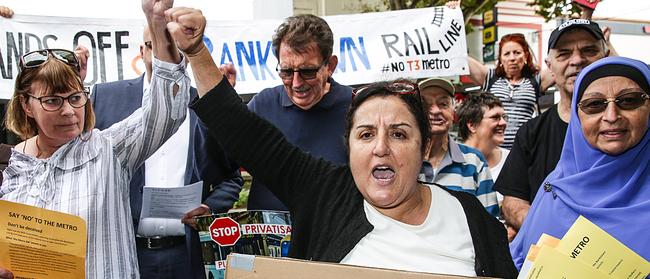
“Let’s be realistic, the debate is over,” Mayor Asfour told the Express.
“The Government has won and the Metro is coming.
“We could continue to fight and get nowhere, or we can try and have a seat at the table and get a Metro that works for us.
“They also promised billions of dollars in infrastructure projects for us, like a $1.3 billion hospital.
“We don’t just want a hospital, we want the right hospital so, again, we need to work with them to get the best results.”

Restore Inner West Line & Save T3’s Roydon Ng told the Express he was disappointed at the council’s decision.
“We are disappointed in Mayor Asfour’s betrayal of the Canterbury-Bankstown community,” said Mr Ng, who has been taking part in protests against the Metro for some time.
NINE STATIONS GONE OFF CITY LINE
“Nine stations, including Regents Park, Yagoona, Birrong, Sefton, Chester Hill, Villawood, will no longer have any trains to the city.
“The T8 Airport/South Line (East Hills) and Lidcombe station will also experience severe overcrowding with tens of thousands of additional Bankstown Line commuters forced onto already crowded services.
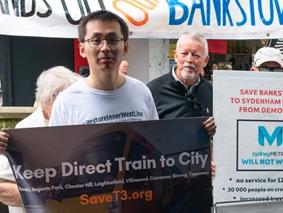
“How can the mayor justify supporting a government decision that will see nine stations go from having two train lines to zero trains whatsoever to the city and Inner West?
“The removal of the city to Liverpool/Bankstown via Regents Park (Inner West Line) service in 2013 has led to 8,000 people interchanging at Lidcombe every day and this number will increase with the Metro Southwest cutting the last direct line to the City.
“The government needs to come clean on its plans for the entire Bankstown Line especially the nine stations west of Bankstown.”
WASTE OF PUBLIC MONEY
Peter Olive, spokesperson Sydenham to Bankstown Alliance, said they are disappointed in the election result.
“We are also disappointed by Mayor Asfour’s decision to work with the state government to help deliver the conversion of the Sydenham to Bankstown line into a Metro,” Mr Olive said.
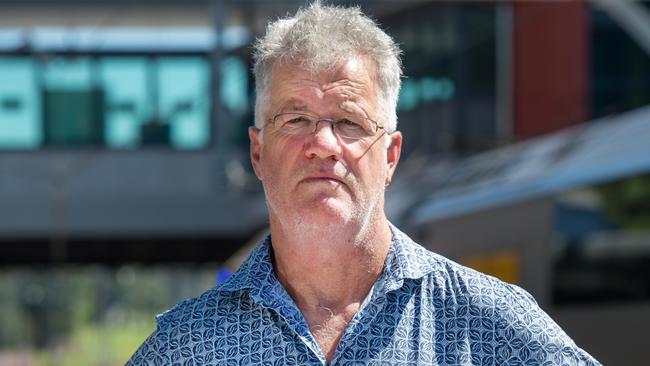
“The SBA has always maintained that the conversion of the Bankstown line: a functioning part of the existing Sydney system, was a waste of public money and a missed opportunity to extend Sydney’s rail network to suburbs that don’t currently have rail.
“We are also concerned that the conversion of the line to a Metro will bring back demands to overdevelop the suburbs along the rail corridor.”
‘IT IS NOT A CONGESTION BUSTER’
Marie Healy, who helped organise the SBA protest at Campsie on March 8, said communities along the line are opposed to the Metro conversion of the line “because the NSW government has been unable to demonstrate that it is in the public interest”.
“The disadvantages outweigh any supposed benefits — it will be costly, it represents a lost opportunity to expand the rail network, it further disadvantages commuters beyond Bankstown, and it is not a congestion buster,” Ms Healy said.

“The government knows that the whole network needs digital upgrading — this would result in more frequent services on many lines.
“For most of the time, Metro services will be every 10 minutes and there will be minimal seating available. This is not progress.
“We hope that the council will work with communities as well as the government to get the best outcome for the Sydenham-Bankstown corridor and those travelling to the area.”
METRO GETS PLANNING APPROVAL
The Sydney Metro received planning approval on December 19 to upgrade the T3 Bankstown Line between Sydenham and Bankstown to metro standards.
According to the Government, by 2024, passengers will benefit from a new airconditioned Sydney Metro train every four minutes in the peak in each direction with lifts, level platforms and platform screen doors for safety, accessibility and increased security.
The upgrade will make all 11 stations fully accessible with lifts for the first time at Punchbowl, Wiley Park, Canterbury, Hurlstone Park and Dulwich Hill.
During the Campsie protest on March 8, Mayor Asfour told the Express: “We really don’t want the Metro in our city.
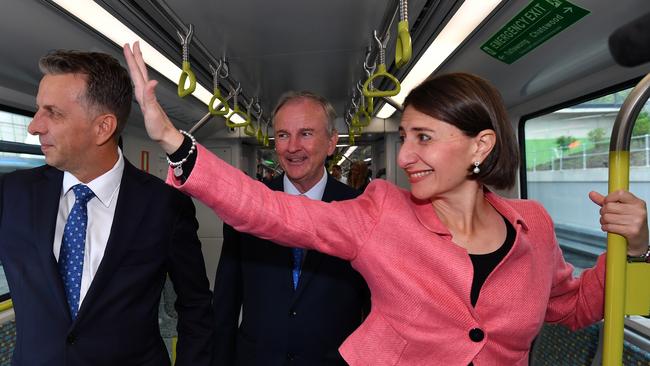
“We want proper investment, we deserve the same as the North Shore.
“We deserve tunnels, we don’t deserve ripping out a heavy rail line and putting in a Metro.
“I am calling on the Premier and the minister to change their minds on the Metro and see what happens.”
The existing track along the alignment between west of Sydenham station and west of Bankstown station will be retained, except for the track in the immediate vicinity of Bankstown and a proposed crossover at Campsie.
In 2024, Sydney is scheduled to have 31 metro railway stations and a 66km stand alone metro railway system.
After the conversion, metro trains from Bankstown are scheduled to run at least every four minutes in the peak, or 15 trains an hour.
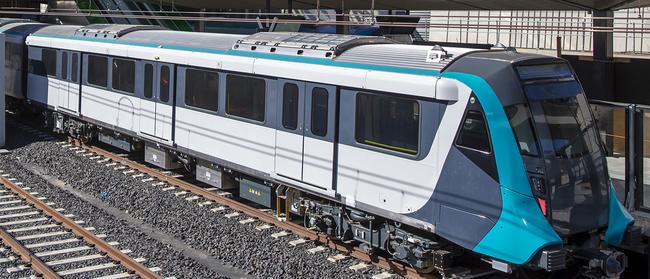
MAIN FEATURES OF THE METRO PLANS
■ An airconditioned metro train every four minutes in the peak
■ Fully accessible stations. including lifts
■ Improved CCTV surveillance, platform screen doors, platforms level with train floors, minimal gaps between platforms and trains
■ New or upgraded concourses and new station entries
■ Improved station interchange facilities
■ All trains stopping at all local stations
■ Safe and efficient connections during the peak and non-peak periods between key centres along the T3 Bankstown Line
■ Reduced travel times to key employment and education precincts
■ New, direct and fast services to Martin Place, Barangaroo, North Sydney, Chatswood and Macquarie Park
■ Interchanges to other rail services at Sydenham, Central and Martin Place.
COUNCIL TIGHTENS BOARDING HOUSE CONTROLS
Meanwhile, boarding house controls have been tightened across Canterbury-Bankstown after the council adopted a proposal to amend the Canterbury Local Environmental Plan (LEP) 2012 and Canterbury Development Control Plan (CDCP) 2012.
The council said the changes aim to improve design and amenity for boarding houses in the former Canterbury area, to align with controls already in place in the former Bankstown area.
There are 20 applications for boarding houses in the Canterbury area.
Mayor Asfour said more affordable housing was needed in the city, but not at the cost of poor design and amenity for neighbours and residents.
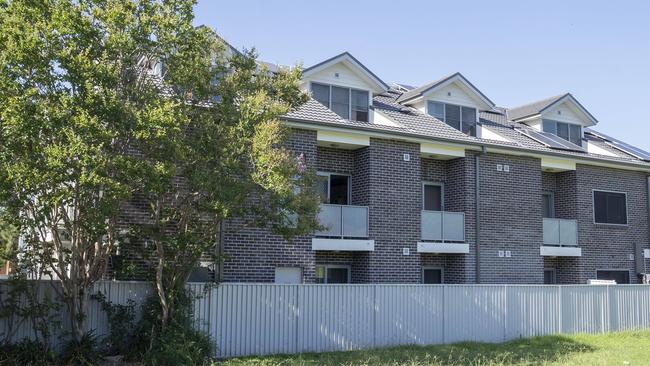
“By aligning the Canterbury and Bankstown controls, new boarding house developments will only be allowed on appropriate sites, and must follow planning rules, like access to sunlight and air flow,” he said.
“In fairness to those applicants who lodged a development application before we finished consulting with the community about the proposed changes, any boarding house applications lodged before Friday 1 February 2019 will be assessed under the previous controls.”
“While they are not as rigorous as the new controls, they still require a merit assessment and consideration of whether the proposed development would be compatible with the character of the local area.”



